
Wall mounting z y P. 8-13-5 Wb: MGGLB25-200 (4.35 kg) x y x z Wa: Connection plate t =10 (880 g) MY2H40G-500 3. Ceiling mounting P. 8-13-5 4.
Accessory Dimensions Single Knuckle Joint Clevis Pin Knuckle Pin MM L ND hole H10 L l t t l t t m m R1 m m d Dd9 d Dd9 0.1 0.3 NX + 0.2 0 A1 U1 RE A B L1 7 12 REC Material: Stainless steel 304 Material: Pin and snap ring both stainless steel 304 Material: Pin and snap ring both stainless steel 304 Part no.
L Speed: V [mm/s] Cycle time: T can be found from the following equation. a1 a2 T = T1 + T2 + T3 + T4 [s] T1: Acceleration time and T3: Deceleration time can be found by the following equation. Time [s] T1 T2 T3 T4 T1 = V/a1 [s] T3 = V/a2 [s] T2: Constant speed time can be found from the following equation.
t t t B1 H1 Dd9 Applicable bore size (mm) L L Dd9 d l l d m t Applicable bore size (mm) Part no.
Bore size Standard stroke (mm) MM YY L X K W J V H GA GB TA TB U G T F S DA R C Z NN Q B ML P PW YL (mm) 12 16 20 25 18 50 13 5 16 40 58 5 7.5 5 36 29 56 8 22 6 48 29 12 14 39 7 10, 20, 30, 40, 50, 75, 100 M4 x 0.7 10 M4 x 0.7 M5 x 0.8 7 M4 x 0.7 11 22 54 15 7 18 42 64 2.5 8 5.5 38 33 62 8 25 8 52 33 13 16 43 8 10, 20, 30, 40, 50, 75, 100 M5 x 0.8 13 M5 x 0.8 M5 x 0.8 5 M5 x 0.8 11 20, 30
K E O F F TA K EO F F T Y P E 1 "T" Type 4 "X" Type T H R E A D T Y P E Nil Rc(PT) N NPT P O R T S I Z E M5 M5 x 0.8 01 1/8 02 1/4 03 3/8 04 1/2 mm mm Model Port Size A B C Model Port Size A B C D Y11-M5 M5X0.8 8 12 8 Y14-M5 M5 23 16 14 25 Y21-01 1/8 10 29 19 Y24-01 1/8 40 40 22 40 Y21-02 1/4 10 29 19 Y24-02 1/4 40 40 22 40 Y31-01 1/8 11 33 19 Y34-02 1/8 49 43 28 48 Y31-02 1/4 11 33 19 Y44
Symbol Foot (mm) A AL D I B B1 C H1 H W GA GB H2 J KA LC LD LH LS LT LX LZ M MM NA P S X Y Z ZZ Bore size (mm) 20 25 32 40 50 63 80 100 12 20 5 12 14 4 33 10 14.5 34 13 8 6 4 26 M4 x 0.7 6 20 (3) 32 44 3 M8 x 1.25 24 M5 x 0.8 57 15 7 32 83 Width across flats 6 length 3.5 12.5 23 6 15 16.5 4 36 10 17.5 38.5 17 10 7 4 31 M5 x 0.8 6 22 (3) 36 49 3.5 M10 x 1.25 29 M5 x 0.8 60 15 7 35 89.5 Width
Courtesy of Steven Engineering, Inc.-230 Ryan Way, South San Francisco, CA 94080-6370-Main Office: (650) 588-9200-Outside Local Area: (800) 258-9200-www.stevenengineering.com A A a B B s j C f g t C0.5 C0.2 b C0.2 d e 45 45 Section A-A p k C0.5 45 (d) C n h i l C0.5 q m O Section B-B r (I) View C (mm) a b c d e f g h i o j k m n p q r s l t Model 0 0.2 0.05 0.15 +0.2 0 +0.1 0 +0.2 0 CXS6
MGPM, MGPL Common dimensions (mm) Standard stroke (mm) Bore size (mm) B C DA FA FB G GA GB H HA J K L MM ML NN OA OB OL CV P PA PB PW Q 25, 50, 75, 100 71 58 1.5 1.5 11 8 8.5 9 M5 x 0.8 12 13 15 M5 x 0.8 4.3 5.6 5.6 M5 x 0.8 Rc 1/8 Rc 1/8 40 10 16 18 26 64 83 93 8 9.5 9.5 19 8 10 12 M4 M5 M5 4.5 5.5 5.5 8 10 10 15 18 21 5 6 6 15 18 21 30 36 42 22 24 30 16 20 25 78 62 10.5 M5 x 0.8 M5 x 0.8
How to Order S 2 B P H S4 200 LEY 63 A2 w y !0 i o e r t q u !1 !2 !3 !
H (width across flats) D3 D3 L5 A1 L5 A1 A2 D1 D1 A2 T T Inch sizes L4 L5 A1 A2 M1 Max.
(1) LECSS2-T P+DP+CG3G4 G3G4 P+D P+D P P+ C C G3 D (3) (1) G4 5m 5 m (12) 1.
x 0.8 and R(PT) threads after installation. 13 Series ASD-FG Dimensions/Inch Size Applicable tube O.D. d ASD230FG ASD330FG/430FG ASD530FG/630FG Applicable tube O.D. d L2 L3 M1 L2 L3 M1 D2 D2 L1 L1 L4 L4 H H (width across flats) (width across flats) D3 D3 L5 A1 A2 A1 D1 L5 D1 A2 T T Inch size L4 L5 A1 A2 M1 Max.
(mm) L L Dd9 d l l d m t Used snap ring t m Used snap ring Part No.
(N)VV4Z1 20 S TAT I O N S 1 T H R E A D T Y P E 02 2 Stations to 20 20 Stations PT 00T NPTF D I M E N S I O N S M A N I F O L D T Y P E 20 T O P P O R T E D M P L U G T Y P E F Bracket O P T I O N D I M E N S I O N S M A N I F O L D T Y P E 20 T O P P O R T E D G R O M M E T T Y P E Lead Wire Length ACCESSORIES M A N I F O L D T Y P E 20 T O P P O R T E D DXT170-25-1A Blanking Plate Assembly
T Type Interface: (T) M5 X 0.8, 1/8, 1/4, 3/8, 1/2 Makes it easy to diverge air out with T type interface.
L2 + (3 x P) L2 + (3 x P) K axis (T axis) J axis Q1 = M L1 = L1 + (3 x P) L2 = The maximum dimension L1 is, as a rule, twice the thread size. (Example) For M3: L1 = 6 mm The maximum dimension L2 is, as a rule, twice the thread size. (Example) For M3: L2 = 6 mm However, for M5 with T shaft, the maximum dimension L2 is 1.5 times the thread size.
Applicable shaft types: J, K, T (mm) (mm) L2 + (3 x P) L2 = L2 + (3 x P) L2 = Q1 Q2 Shaft type Shaft type J K T J K T Q1 = M Size Size L1 + (3 x P) L1 = 10 10 Not available Not available M3 M3 15 15 M3, M4 M3, M4 20 20 Q2 = M Q2 = M M3, M4, M5 M3, M4, M5 30 30 K axis (T axis) J axis M3, M4, M5 M3, M4, M5 40 40 Symbol: A37 The long shaft can be further shortened by machining it into a stepped
(Example) For M3: L1 = 6 Applicable shaft types: J, K, T Q1 = M K axis T, X shaft Q1 = M L1 = L2 + (3 x P) L2 + (3 x P) L1 + (3 x P) L1 + (3 x P) L2 = L2 = L1 = Q2 = M Q2 = M (mm) (mm) Q2 M3 M3, M4 M3, M4, M5, M6 M4, M5, M6, M8 M4, M5, M6, M8, M10 Q1 M3 M3, M4 M3, M4, M5, M6 M4, M5, M6, M8 M4, M5, M6, M8, M10 Size 10 15 20 30 40 Size 10 15 20 30 40 (mm) Q1 M3, M4 M3, M4, M5, M6 M4, M5, M6
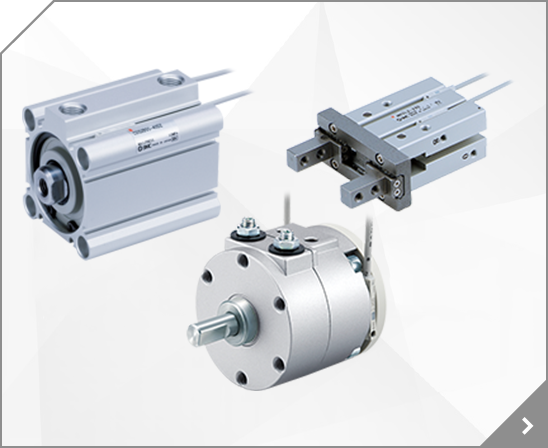
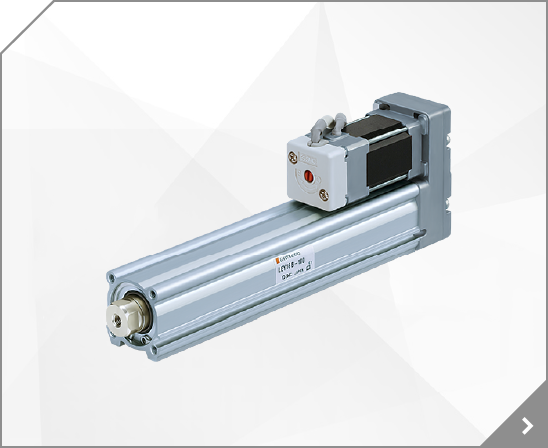
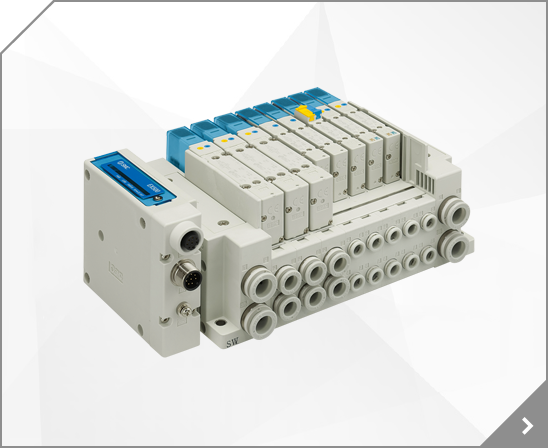
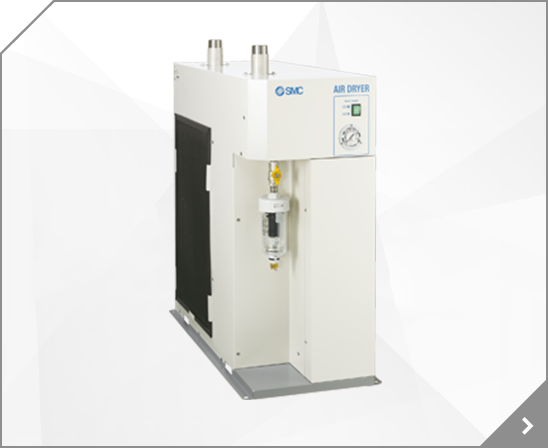
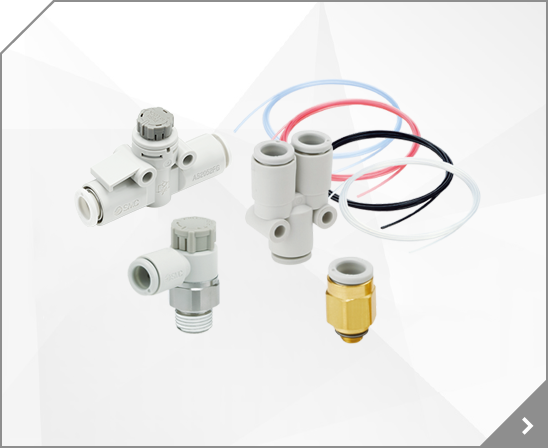

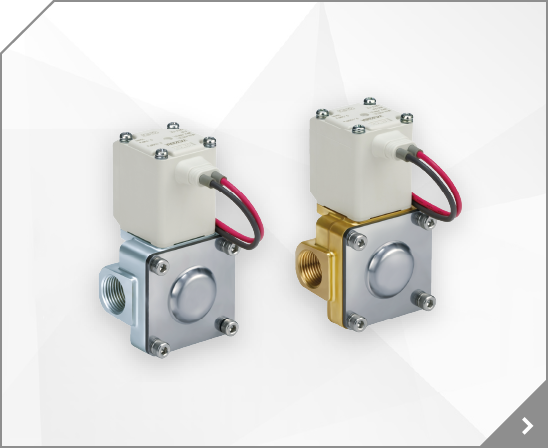

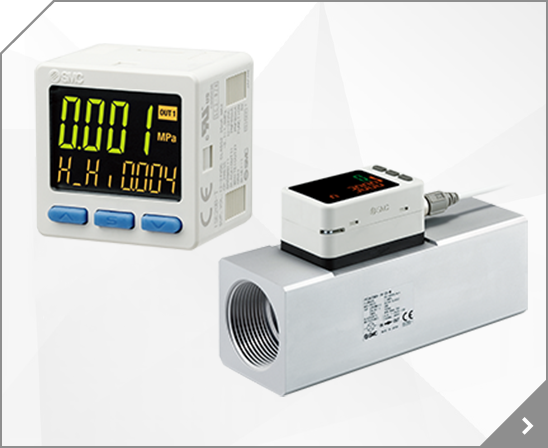
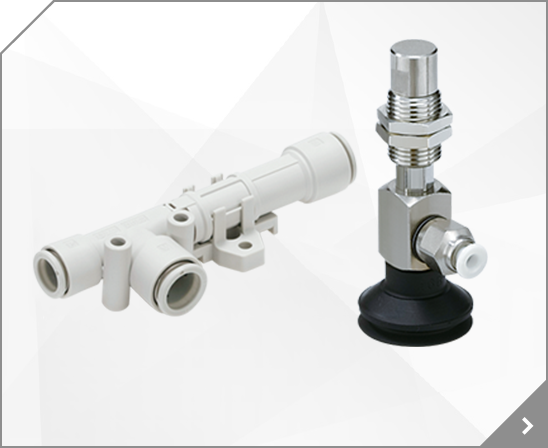

 Table of Contents
Table of Contents